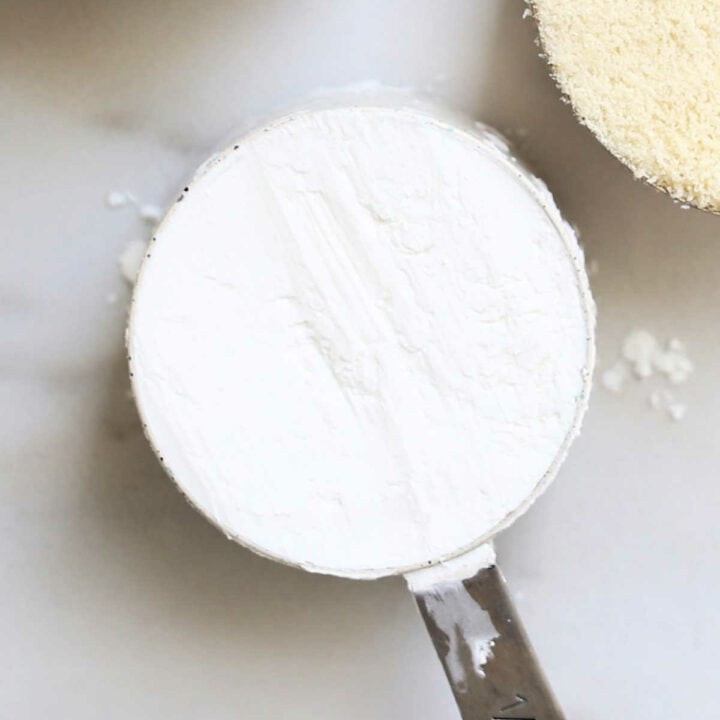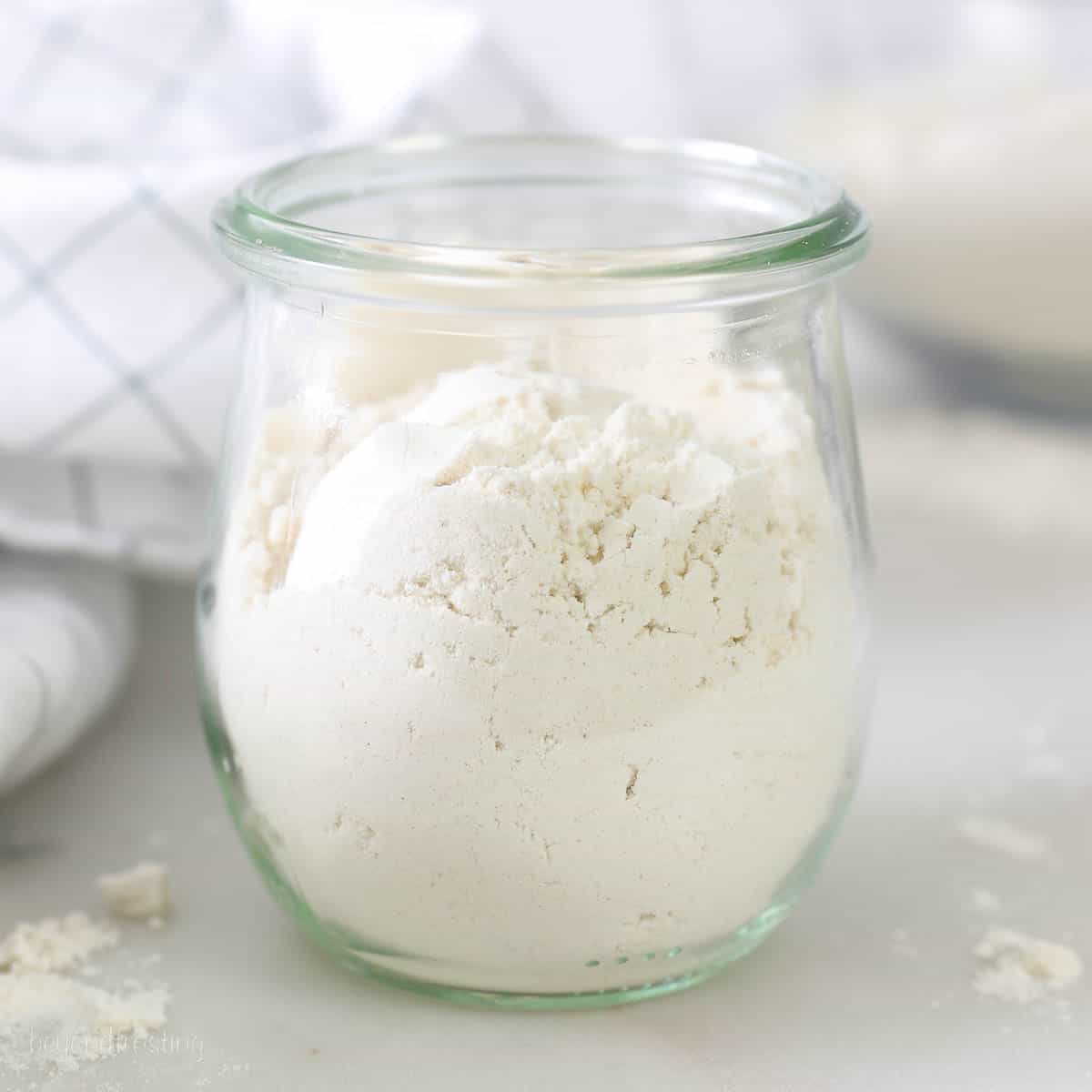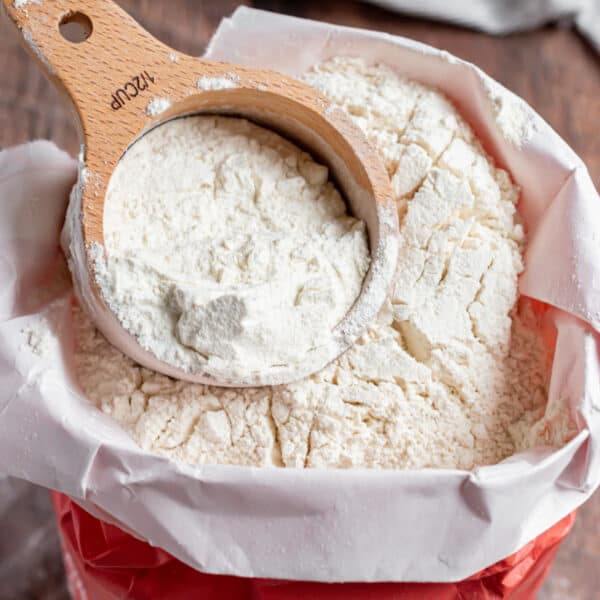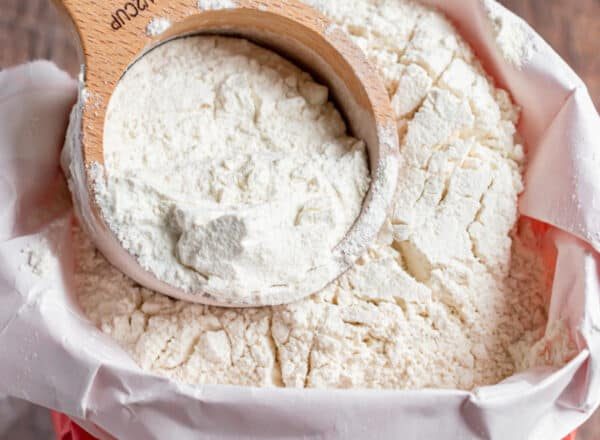The Importance of Heat-Treating Flour
Raw cookie dough is a popular treat many can’t resist. But eating dough made with raw flour poses a risk. Raw flour may harbor harmful bacteria, such as E. coli. Heat-treating flour kills these bacteria, making dough safe to consume. Whether you’re making chocolate chip cookies or magical unicorn dough, heat-treated flour is key.

To correctly heat-treat flour in the microwave or oven, precise techniques are necessary. Heat-treated flour must reach 165℃ to ensure bacteria die. Not only does this make your flour safe for raw consumption, but it improves food safety overall. Your favorite cookie recipes depend on heat-treated flour for both safety and delicious outcomes. Remember to let the flour cool after heat treatment. Cool flour mixes well and helps produce creamy, rich cookie dough.
Every stage of baking benefits from safe, consumable ingredients, starting with flour. By knowing how to heat treat flour in the microwave or oven, you can prevent sickness. Heat-treated flour is a simple step that guarantees safe and delightful baking experiences. Not only do you enhance the quality of your treats, but you also protect those who enjoy them. So, always remember to heat treat your flour before diving into baking and dough making.
Techniques for Heat-Treating Flour at Home
Ensuring your flour is safe for raw cookie dough starts by heat treating it at home. By using either your microwave or oven, you can kill off potential bacteria like E. coli, and make your flour safe to eat in dough form. Let’s walk through the steps for each method.
Microwave Heat Treatment Method
Using a microwave is a quick way to heat treat flour. Here’s how:
- Start by placing all-purpose flour in a microwave-safe bowl. If just enough for a recipe, add an extra cup.
- Microwave the flour on high. Do this for 30 seconds at a time, stirring between.
- After each interval, check the temperature with an instant-read thermometer. Aim for a uniform 165℃.
- Continue heating in 30-second bursts until the entire bowl reaches the target temperature.
- Once done, allow the flour to cool completely before use. This usually takes about 30 minutes.
This microwave method is great for small batches or when you’re in a hurry.
Oven Heat Treatment Method
If you prefer using the oven, follow these steps:
- Preheat your oven to 300℃. Spread the flour on a baking pan, using more than your recipe needs.
- Stir the flour and check the temperature at two-minute intervals, ensuring even heating.
- Once the flour is evenly heated to 165℃, let it cool down. You can speed up cooling by placing it in the fridge.
- Make sure to remove any lumps that may form if the flour clumps.
The oven method is best for large batches or when you’re not pressed for time.
Whether you choose the microwave or oven, heat treating your flour is essential for food safety when indulging in raw cookie dough. After heat treatment, the flour should be cooled, lump-free, and safe to mix into your cookie dough recipes. Enjoy safer baking and indulgent dough-tasting with proper heat treatment.
Preparing Safe and Edible Raw Cookie Dough
Once your flour has been properly heat-treated, you’re ready to dive into the delightful world of raw cookie dough recipes. Safety is paramount, but so is taste. Here are some delicious recipes that use heat-treated flour, ensuring each bite is worry-free and scrumptious.
Magical Unicorn Cookie Dough Recipe
This whimsical recipe begins with your heat-treated flour and an array of colorful mix-ins. Create a base with butter, sugar, and vanilla extract. Blend until creamy. Add your safe flour and stir in milk a little at a time for consistency. Now, the fun part—add sprinkles, white chocolate chips, and a pinch of edible glitter. Chill the dough before serving. Kids and adults alike will marvel at this magical treat.
The Ultimate Cookie Lover’s Cake Recipe
For those who can’t decide between cookie or cake, have both! Mix heat-treated flour with baking essentials like eggs, sugar, and butter. Incorporate chocolate chips and a dash of cocoa for depth. Bake the batter in layers and assemble with frosting between each. Decorate with mini cookies for the final touch. This cake is a true show-stopper for any cookie lover’s special occasion.
Signature Chocolate Chip Cookies Recipe
Nothing beats the classic chocolate chip cookie. Use your heat-treated flour to ensure your dough is safe. Cream together butter and sugars for a fluffy base. Gradually mix in the flour and then fold in your chocolate chips. Drop spoonfuls onto a baking sheet and bake until golden. Whether enjoyed warm or cool, these cookies are sure to hit the sweet spot.
With these recipes, your journey to safe and luscious raw cookie dough delights begins. Remember, always start with heat-treated flour to prevent the risk associated with raw flour. Happy baking!
 Troubleshooting Cookie Baking Issues
Troubleshooting Cookie Baking Issues
When baking cookies, you might face issues like too much spreading, dough not spreading, over-browning, or uneven baking. These problems can frustrate any baker. But don’t worry. With a few tips, you can overcome these challenges and bake perfect cookies every time.
Resolving Spreading Problems
Cookies spreading too thin is a common issue. Here’s how to fix it:
- Chill your dough before baking. This helps prevent cookies from spreading too much.
- Use cold baking sheets. Warm sheets may make your dough spread rapidly.
- Measure butter accurately. Too much fat can make cookies too thin.
- Verify oven temperature. If it’s too low, cookies may spread instead of bake fast.
- Forgo cooking sprays. These can cause spreading. Instead, use parchment paper or silicone mats.
Handling Dough That Doesn’t Spread
If your cookies aren’t spreading at all, consider these adjustments:
- Check your flour measurement. Adding too much flour can stiffen dough.
- Avoid overmixing. This can make cookies tough, not allowing them to spread.
- Don’t overbake. Remove cookies when just lightly golden.
Already golden but still shaped like dough balls? It’s time to re-check your flour and oven temperature.
Dealing with Over-browning and Uneven Baking
A few tweaks can prevent the dreaded cookie burn and bake all cookies evenly:
- If bottoms brown too much, use a lighter colored baking sheet or raise your oven rack.
- For uneven batches, rotate your baking sheet halfway through. This helps with even heat distribution.
- Ensure cookies are the same size. Use a scoop for consistent cookies.
Remember to keep a close eye on the oven to catch any signs of over-browning or uneven baking early on. Now, with these troubleshooting tips, you’re set to bake exceptional cookies that everyone will love!
Ensuring Baking Ingredients Are Up To Date
When baking cookies, fresh ingredients are crucial. They affect both taste and texture. Ensure your baking powder and soda are not old. They lose potency over time, impacting dough rise. Replace leaveners every six months or test them before use. To test baking powder, add it to water and look for fizz. For baking soda, mix it with vinegar for a reaction.
Check expiration dates on all your ingredients. Ingredients past their prime can alter your cookies’ flavor. Also, keep an eye on your extracts and spices. They should smell strong and fresh. If they’re faint, replace them. Fresh ingredients make your efforts in the kitchen shine. With fresh baking powder, soda, and spices, your cookies will taste better. Stick to the recipe to ensure your success. Keep updating your pantry. This way, you will be ready for any cookie recipe that comes your way.
 Creative Cookie Recipes to Try After Heat-Treating Flour
Creative Cookie Recipes to Try After Heat-Treating Flour
After learning how to heat treat flour in the microwave or oven, it’s time to explore some delicious cookie recipes that make the most of this safe ingredient. Here are a few cookie creations that will delight your taste buds and show off your culinary skills:
- Salted Caramel Thumbprint Cookies: Incorporate heat-treated flour with a rich cookie base, then press in the center to add a dollop of caramel. Sprinkle sea salt for a savory twist.
- Lemon Glaze Softies: Use heat-treated flour for a tender cookie, then top with a tangy lemon glaze. They’re perfect for a burst of citrus freshness.
- Oatmeal Raisin Spice Drops: Blend heat-treated flour, oats, raisins, and spices for a warm, chewy treat. They’re like a hug in cookie form.
- Double Chocolate Mint Wafters: Mix your heat-treated flour with cocoa powder to make chocolate cookies. Add mint chips for a cool kick that complements the rich flavor.
- Peanut Butter Blossoms: Classic peanut butter cookies using heat-treated flour become even better. Press a chocolate kiss in the center right after baking.
- Almond Joy Dough Bites: Combine heat-treated flour with shredded coconut and almond bits. These no-bake bites are quick to make and a joy to eat.
With these creative recipes, your kitchen will become a cookie haven. Remember to start with heat-treated flour to enjoy these treats safely. Happy baking!

